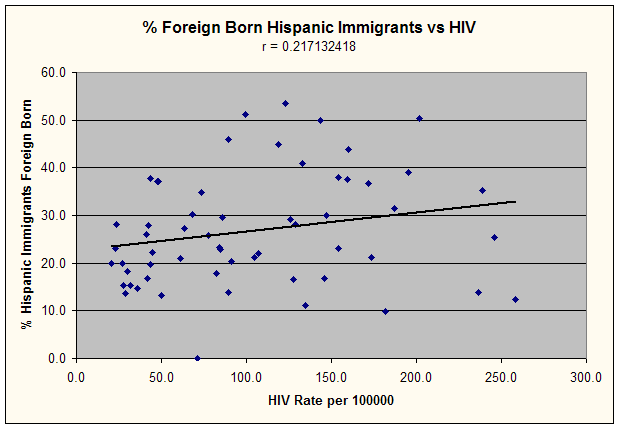

Map4

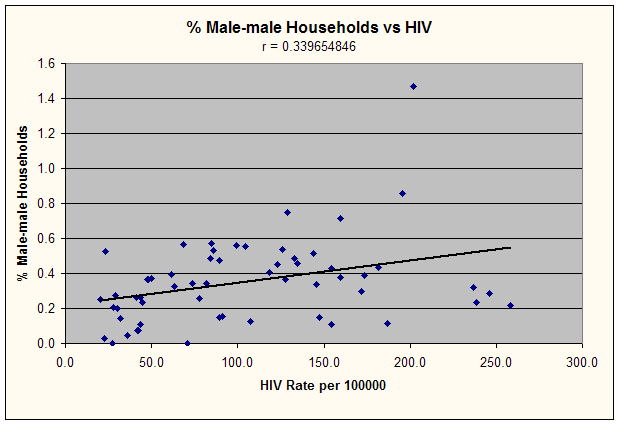
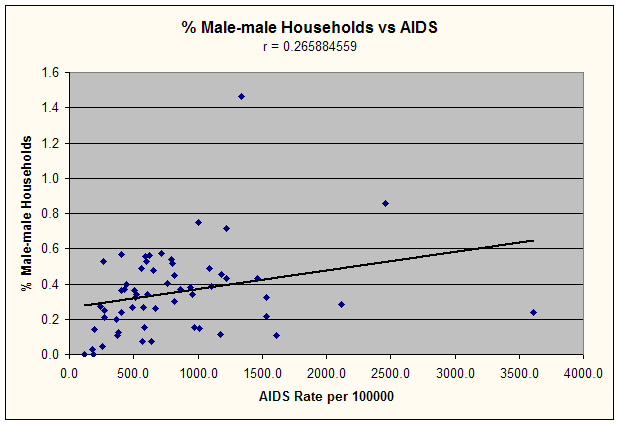
Map7
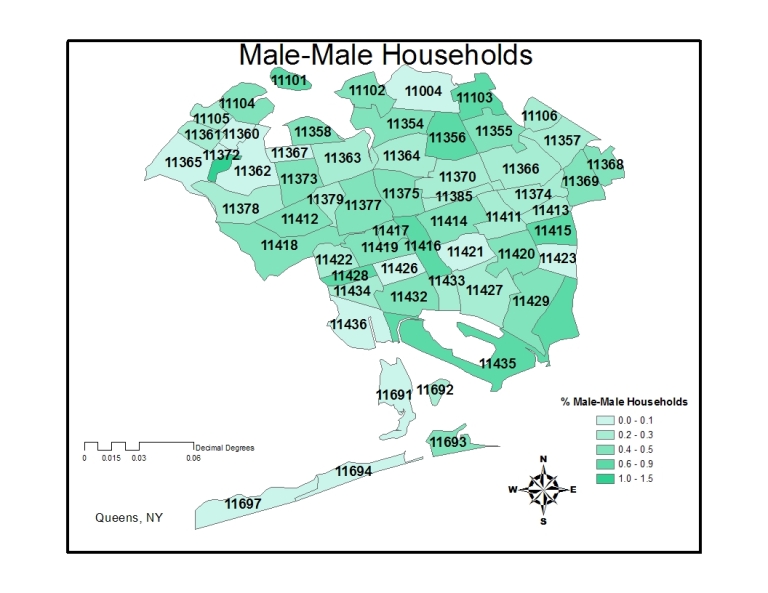
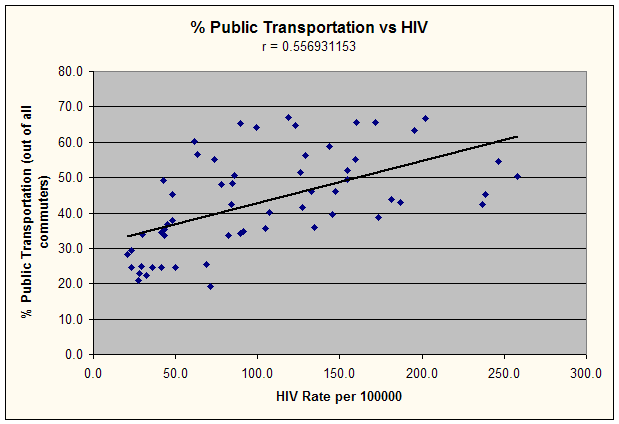
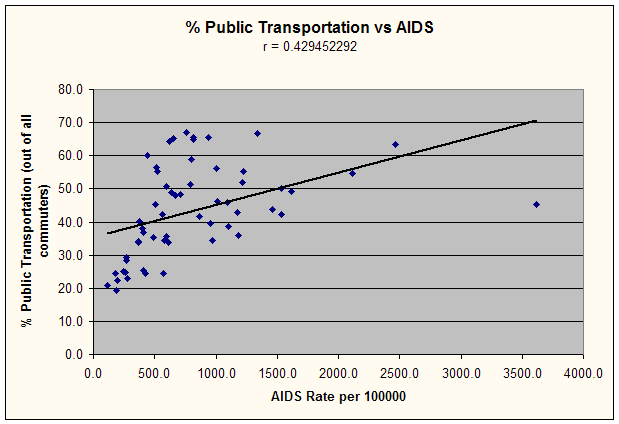
Map13



Map8
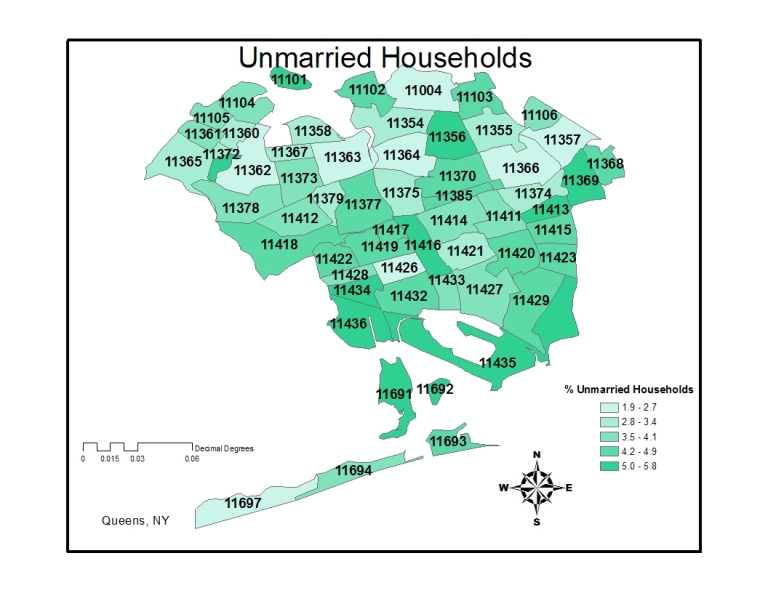
Correlations of Interest
Some other meaningful correlations were observed but they did not fit into any of the other categories. One correlation
that was surprisingly low was Hispanic foreign born immigrants (r = 0.217132418, r = 0.202387472). Based on the correlation,
it was wrong to presume that most immigrants (some of which were illegal) brought diseases into the United States. One of the
correlations that was predicted to be significant just because of the connection between MSM and HIV was that of male-male
households. A household is defined as all the people who occupy a housing unit. There was not an overly significant correlation
(r = 0.339654846, r = 0.265884559) and possibly the male-male households also counted college roommates perhaps or just
friends who wanted to live together. There were two other strong correlations that made logical sense. The first was with
% who used public transportation (r = 0.556931153, r = 0.429452292). These correlations imply that people who usually take
the train or bus to work are less well off than their counterparts who drive to work. Such a connection is logical given that the
same people with lower income correlated strongly with higher rates of HIV and AIDS in the economic correlations. The
second strong correlation was with % unmarried households (r = 0.706945413, r = 0.578104427). An unmarried-partner household
is defined as a household that includes a householder and an “unmarried partner” who can be of either sex. The strong correlation
with HIV implies that marriage can limit one’s exposure to HIV since people who are married should not be sleeping around.
| Plot4
|
Plot17
|
|
Map4
|
|
| Plot7
|
Plot20
|
|
Map7
|
|
| Plot13
|
Plot26
|
|
Map13
|
|
| Plot8
|
Plot21
|
|
Map8
|
|